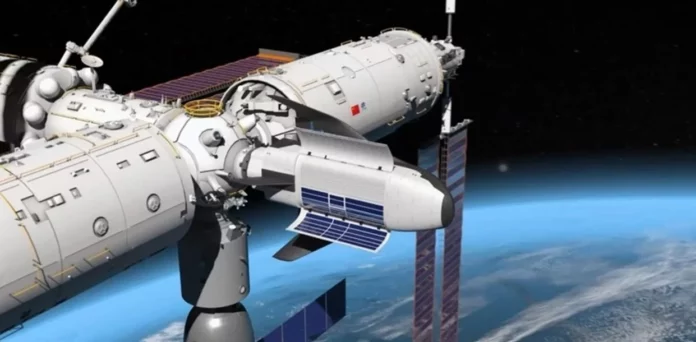On October 29, the China Manned Space Agency (CMSA) announced the winners of a tender to develop a general scheme aimed at creating a low-cost cargo transportation system, a key component of the space station.
According to Lin Xiqiang, deputy director of CMSA, after two rounds of selection, the contracts for the flight test phase were finally won by the schemes developed by the Innovative Academy of Microsatellites of the Chinese Academy of Sciences (IAMCAS) and the Chengdu Aircraft Research Institute of the Aviation Industry Corporation of China (AVIC), respectively, which are part of CMSA.
The Qingzhou cargo spacecraft developed by IAMCAS has an integrated single-capsule configuration with a cargo volume of up to 27 cubic meters. Such a large cargo capacity will significantly reduce the cost of cargo transportation and increase the flexibility of logistics.
Equipped with an intelligent transportation system, Qingzhou is capable of carrying a variety of space cargo, supporting both manned and unmanned experiments in orbit.
The cargo spacecraft is scheduled to be launched using a Lijiang-2 rocket manufactured by CAS Space.
The Haolong space shuttle, developed by the Chengdu Aviation Research Institute under AVIC, is a reusable winged spacecraft. It has a large wingspan, high lift-to-drag ratio and reusable technology.
Using advanced aviation technology, the Haolong is capable of being launched by a launch vehicle, docking with the space station, and after separation, performing orbital deceleration and reentry maneuvers, ending with a horizontal landing on an airport runway. It also has excellent flight characteristics in both atmospheric and space environments.
According to Lin, the selection process has attracted research institutes and commercial space companies to develop spacecraft, rockets and other products for China’s manned space program.
Lin noted that this strategic move will not only reduce the cost of transporting cargo to the space station, but also pave the way for new opportunities in the development of the country’s commercial space industry.
China has created a dynamic and competitive landscape in the low-cost cargo spacecraft sector. The participation of established aerospace companies and new players is expected to spur innovation and contribute to the development of a healthy and streamlined space logistics system.









